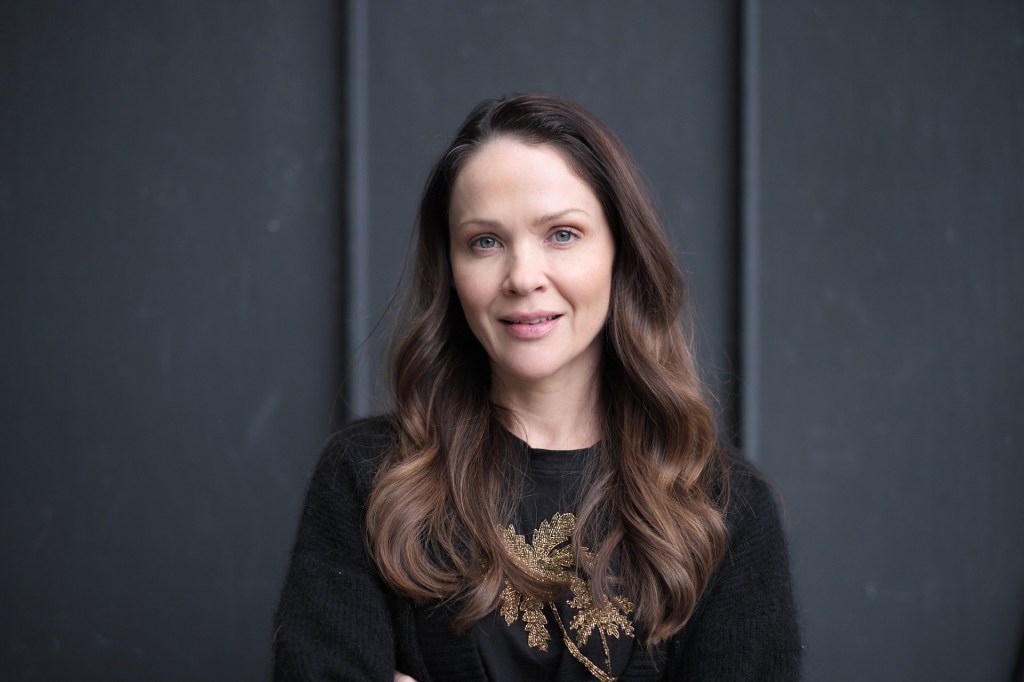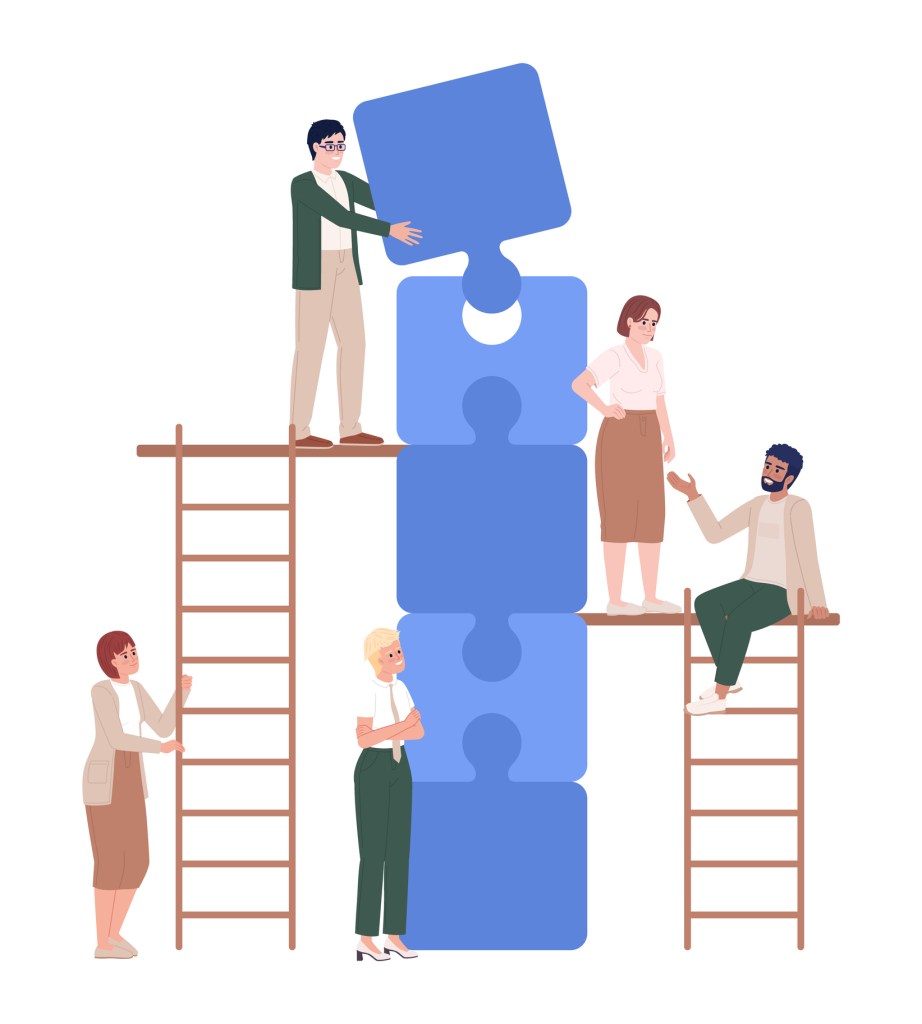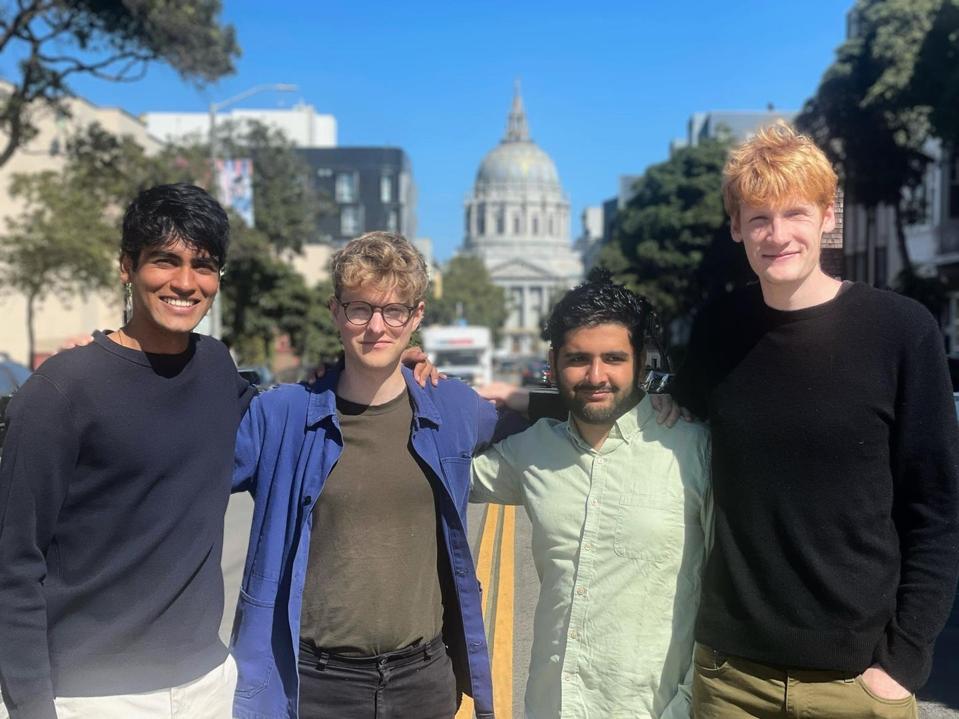Opinion: AI capabilities demand we rethink not just how we can use it during the workday, but how we govern, shape, and integrate it into our organisations. With this comes a question echoing through many companies right now – who owns AI at work?

Following decades of research and application in artificial intelligence (AI), we’ve reached a powerful inflection point.
The convergence of unprecedented computing power with our relatively newfound ability to work probabilistically with natural language has created AI capabilities that demand we rethink not just how we use AI at work, but how we govern it, shape the strategic direction of AI systems, and architect its integration into our organisations. With this has come a question echoing through many organisations at the moment – who owns AI at work?
The wrong question
There is a Zen Buddhist saying, “Do not mistake the finger pointing at the moon for the moon itself.”
When organisations ask, ‘Who should own AI?’, they are staring at the finger. The ownership question is just the pointer. The moon – what the finger is pointing toward – is what we want AI to help to do: enhance human capability and create value. This gets to the crux of why effective AI leadership requires approaching it as a shared, multifaceted capability – rather than a tool for any single department to own.
As the reach of AI systems at work expands, AI continues to outgrow sole occupancy within, say, the IT department. Like workplace culture, these days AI is pervasive, and its impact is inherently cross-functional. From ethical considerations in hiring algorithms to third-party tools that support operational efficiency, to employee engagement and performance coaching, AI touches every corner of many organisations. Accordingly, it should be viewed as a shared responsibility.
Cross-functional stewardship, not ownership
I invite you to reframe the ownership of AI as the stewardship of AI. Rather than calling the departments that currently have the loudest voice on AI its “owners,” a better term may be “stewards.”
This prevents AI from becoming permanently constrained within one department, as the rest of the organisation builds literacy. It also facilitates input from HR, IT, legal, operations, and frontline employees, amongst others. A cross-functional AI working group can ensure solutions are technically sound while also aligning with the company’s needs, values, and ethical practices.

The evidence for distributed stewardship
For many, AI may be framed purely in terms of efficiency and automation, but recent Culture Amp research into Inc. 5000 organisations reveals why diverse stewardship matters in high-performing companies.
The fastest-growing companies aren’t just investing in technology; they’re investing in people and AI infrastructure that supports their performance now and over time. In these organisations, accountability, belonging, and great leadership are approached as measurable drivers of performance and growth.
This focus is highly pragmatic. We know that employee experience in year two of a company’s growth journey strongly predicts revenue outcomes in year three, with leadership trust, accountability, and connection to the company’s mission among the strongest predictors of sustained success.
This is why AI strategy and governance need diverse voices. Without people who understand complex human dynamics working alongside those who understand technical capabilities, we risk building AI systems with a constrained perspective on what it takes to succeed.
Another important element is that all stewards must use AI-powered tools themselves. Without hands-on experience, governance discussions can get bogged down in hypothetical concerns rather than focusing on practical realities. Those who use AI daily show a stronger understanding of its capabilities and limitations – which is knowledge essential for making informed decisions about its use across the company.
Turning specifically to AI in HR, there is a specific need for stewards who understand both the human dynamics at play and the technical possibilities. That is true whether the task at hand is analysing engagement or performance data, helping draft performance reviews, suggesting learning paths, or reducing regrettable attrition in other ways.

AI should not replace human judgment, but rather, help scale practices that support human performance at individual and group levels. When grounded in People Science and evidence-based insights, AI can help managers set better goals, analyse sentiment, and surface trends that inform both human and business outcomes.
AI mirrors culture
As with company culture, AI is everyone’s business. AI is a pervasive force that can either amplify or erode organisational value and values over time, depending on how it’s designed and deployed. To succeed, AI needs buy-in and understanding from leaders across the company. When cross-departmental leaders participate in AI decisions, they don’t just contribute their perspective – they develop a deeper appreciation for how AI intersects with other organisational areas.
This process builds trust and collaboration and is foundational to a strong company culture. It helps to build out AI capabilities from a place of need and strategic value, rather than primarily in a department where there is a leader-appetite and understanding of the technology.

Distributed stewardship – who is at the table?
Diverse voices at the AI table also enable optimal buy-in. Looking ahead, the companies that thrive will treat AI as a shared responsibility. They’ll use it to augment human capabilities rather than replace human judgment.
The question echoing through organisations shouldn’t be “who owns AI?” but “who’s at the table?” The answer should be a diverse group from across the company, who understand what makes organisations truly perform – from those who grasp technical possibilities to those who understand human dynamics; from frontline users, to strategic leaders. Only through this distributed stewardship can we ensure AI amplifies both people and organisational performance in the world of work, to create – rather than erode – value, now and in the future.
Look back on the week that was with hand-picked articles from Australia and around the world. Sign up to the Forbes Australia newsletter here or become a member here.

